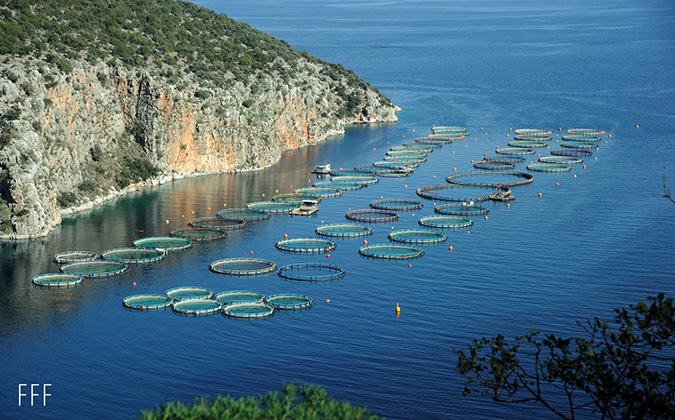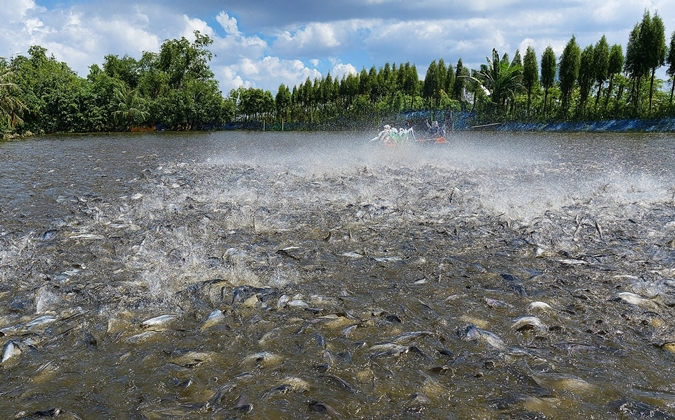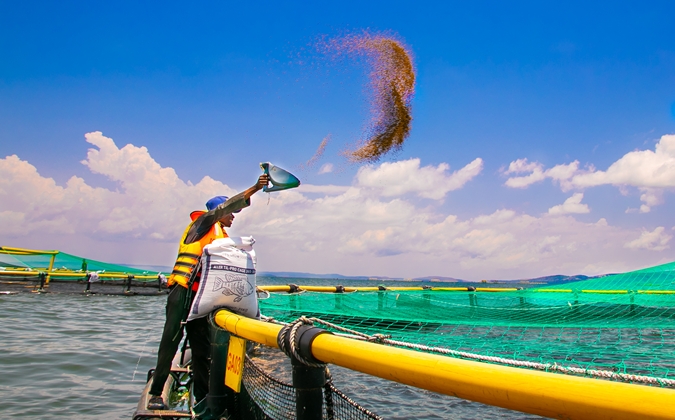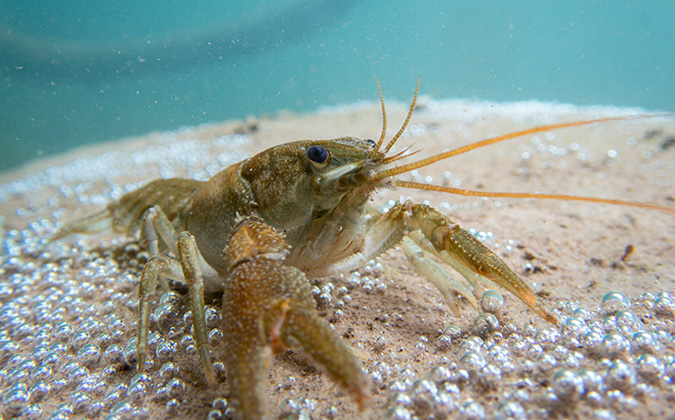
Sea bass farm in Italy hit by a rare outbreak of lactococcosis
Scientists have reported a case of lactococcosis, caused by the bacterium Lactococcus garvieae, at a sea bass farm in Italy — a rare development which has prompted questions over its origins and possible wider threat.
The pathogen is well-known for infecting many other fish species, while lactococcosis can result in serious losses. However, its presence in Italy marks only the second known case on sea bass farms.
The research team investigating the outbreak, led by the Experimental Zooprophylactic Institute of Lombardy and Emilia Romagna, noted that antibiotics did not treat the outbreak successfully. Writing in the journal Pathogens, they emphasized the importance of disease-prevention measures, including vaccination and enhanced biosecurity.
An emerging opportunistic pathogen
Lactococcosis is largely associated with L. garvieae; however, recent studies have also shown that L. petauri is involved in some cases. The bacterium infects blood and leads to hemorrhaging. Globally widespread, the disease affects a wide — and growing — range of species.
Susceptible fish include Japanese eel (Anguilla japonica) and Nile tilapia (Oreochromis niloticus). Invertebrates, like freshwater shrimp, and mammals, including pigs, can also be infected. Indeed, researchers consider this adaptable disease to be an emerging opportunistic pathogen.
L. garvieae has only been found once before in farmed sea bass (Dicentrarchus labrax). That was in Egypt and reported by researchers back in 2013.
The Italian outbreak of 2023
The recent outbreak occurred in the summer of 2023. Juvenile and adult fish on an inland intensive sea bass farm in the Gulf of Follonica (Tuscany, Italy) showed multiple signs of disease, including apathy, loss of appetite, erratic swimming, bulging eyes, the loss of eyeballs and areas of reddish skin.
Fish deaths started in late August, when the temperature of the inlet water rose over 23° C, reaching 25° C. The disease increased the average monthly mortality rate by 2% to 3% throughout the outbreak.
Analysis reveals distinct feature
The researchers gathered 14 recently deceased sea bass to investigate the disease’s effects and source.
They discovered enlarged spleens in 10 fish, cardiac hemorrhages in four and liver hemorrhages in two. Fish with eye loss had pale organs and gills, which indicates they had anemia.
Genome sequencing of the L. garvieae in these fish showed that the infection could not have spread from rainbow trout farms, where the pathogen is mainly found in Italy, because it was a different strain. Instead, it was identical to strains found recently in China and Japan.
The strain’s arrival in the Gulf of Follonica remains mysterious. The researchers know of no epidemiological link between the area and China or Japan. They do suggest, however, that the bacterium most likely entered the sea bass farm in inlet water from a coastal area.
Prevention is more important than treatment
Intensive farming conditions and warmer waters probably played a major role in the outbreak, the authors wrote. The latter is a major risk factor.
Antimicrobial treatments had little effect on the outbreak. For example, although a 10-day course of a macrolide (erythromycin) was effective from the third day of therapy, infection rates bounced back shortly after the treatment ended.
A longer treatment period may work better, but it risks creating antimicrobial resistance. Macrolides are one of the most critical antimicrobials for human medicine, and the disease is likely to occur repeatedly during hot weather, which would necessitate multiple treatments. This led the researchers to encourage proactive measures to control the disease.
“Preventive measures, such as vaccination based on recently isolated and characterized strains, should be implemented to improve fish welfare, and biosecurity should be increased where possible,” they concluded.
You can read the full journal article in Pathogens.
Posted on: May 20, 2024






